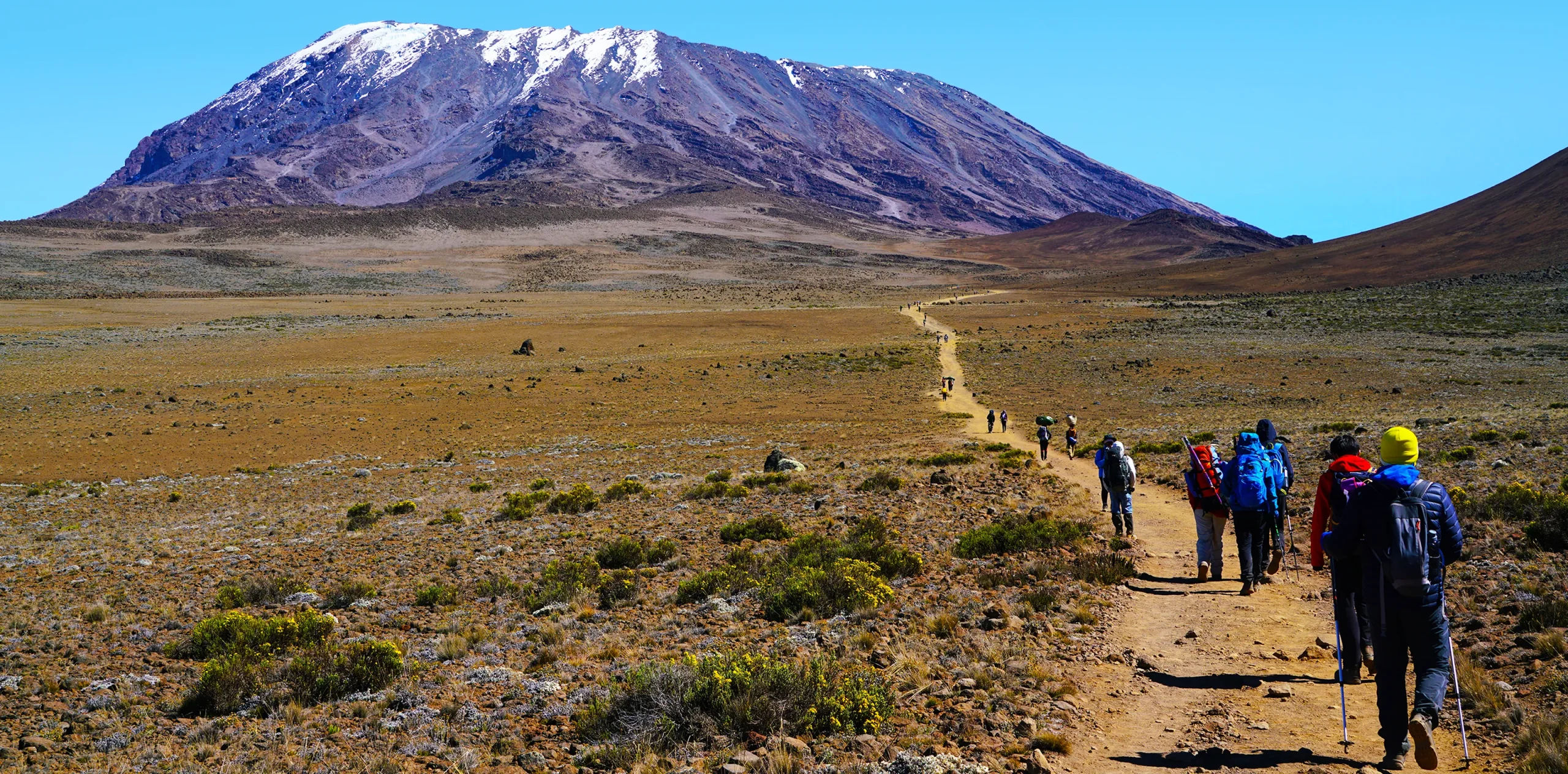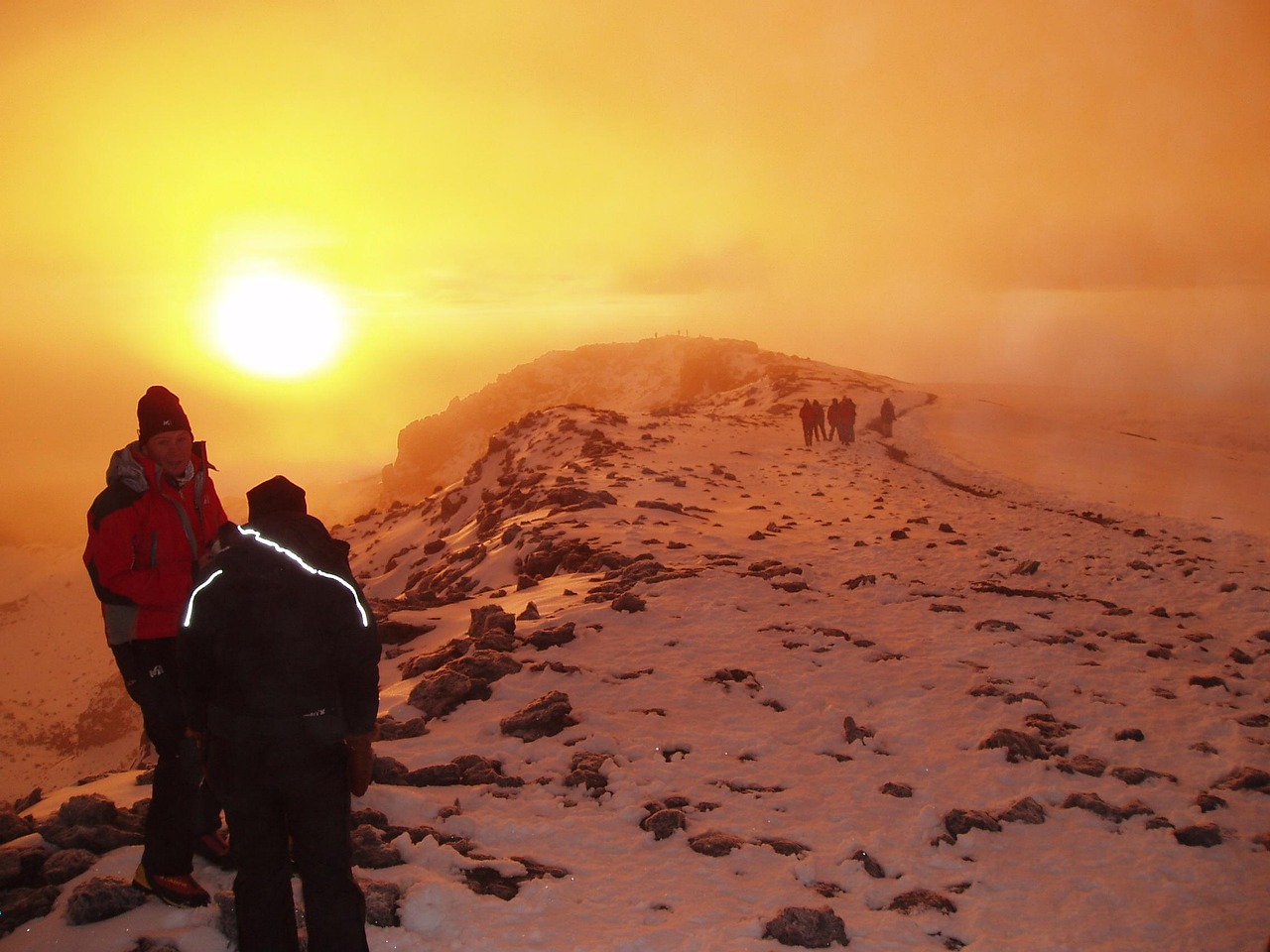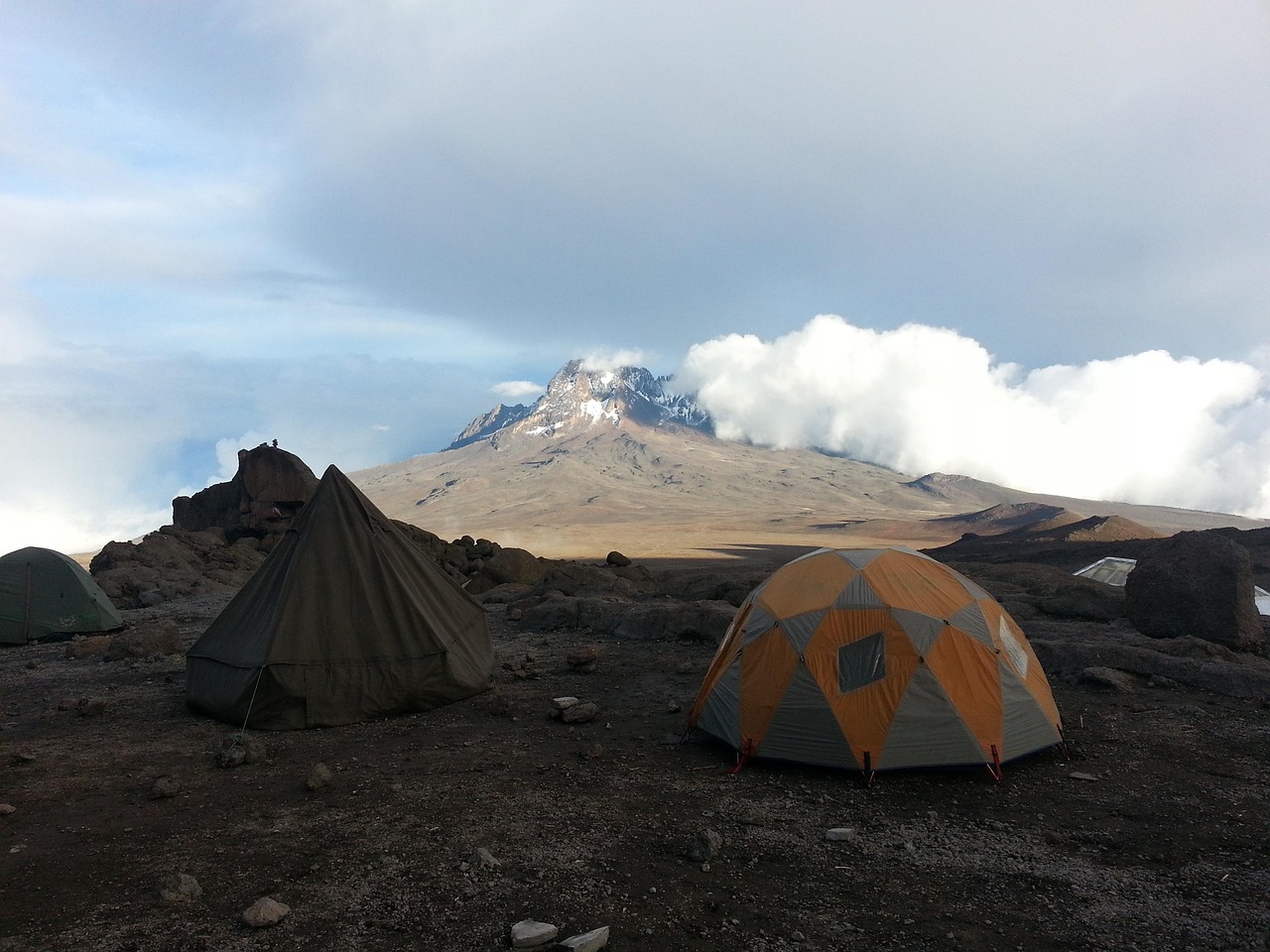Best Time to Climb Mount Kilimanjaro
Best Time to Climb Mount Kilimanjaro – A Complete Guide
Climbing Mount Kilimanjaro, the highest peak in Africa at 5,895 meters (19,341 feet), is a once-in-a-lifetime adventure. Known as the “Roof of Africa,” Kilimanjaro attracts thousands of climbers each year who come to conquer its iconic summit. While the mountain is technically climbable year-round, the best time to climb Kilimanjaro depends on weather patterns, route conditions, crowd levels, and personal preferences.
This comprehensive guide explains everything you need to know about the seasons, advantages and disadvantages of different times of year, and how to choose the perfect timing for your trek.
Understanding Kilimanjaro’s Climate
Unlike many mountains around the world, Kilimanjaro doesn’t have extreme winters or summers. Instead, its weather is shaped by two rainy seasons and two dry seasons. Since the mountain rises almost 6,000 meters from the plains below, climbers experience five different climate zones:
Cultivation Zone (800–1,800m): Farmlands, villages, and plantations.
Rainforest Zone (1,800–2,800m): Humid and lush, with frequent rainfall.
Heather & Moorland Zone (2,800–4,000m): Open grasslands and heath, cooler with occasional showers.
Alpine Desert Zone (4,000–5,000m): Dry, windy, with intense sun during the day and freezing nights.
Arctic Zone / Summit (5,000–5,895m): Extreme cold, snow, ice, and thin air.
Weather can change rapidly, but choosing the right season increases your chances of good conditions.

Kilimanjaro’s Climbing Seasons
1. Dry Season (Best Time to Climb)
January – mid-March
June – October
These months are considered the most favorable for climbing.
January – mid-March:
Clear skies, moderate temperatures, fewer crowds compared to later in the year.
The mountain is green and lush after the short rains of November–December.
Nights can be colder at higher elevations.
June – October:
Peak season for Kilimanjaro climbing.
Stable weather, sunny skies, and excellent visibility.
Higher traffic on popular routes like Machame and Marangu.
Perfect for combining with safari, since it coincides with Tanzania’s dry season.
2. Rainy Seasons (Challenging but Possible)
Long Rains: March – May
Heavy rainfall, especially April.
Trails become muddy and slippery in the rainforest zone.
Summit covered with snow and ice, making conditions more difficult.
Fewer climbers, so routes are quiet and peaceful.
Short Rains: November – December
Rain is lighter and less predictable.
Some days are dry and sunny, but showers are common in the rainforest zone.
Less crowded than peak season.
Clear skies are often seen early in the morning and late afternoon.
Month-by-Month Guide
Here’s a detailed breakdown of what to expect each month:
January: Excellent conditions; clear skies; moderate crowds.
February: Warm, dry, great visibility—one of the very best months to climb.
March: Good in early March, but later weeks bring the start of the long rains.
April: Wettest month—difficult conditions; recommended only for experienced trekkers.
May: Still rainy, but crowds are very low; lush scenery.
June: Beginning of dry season; weather stabilizes, fewer climbers than July/August.
July: Peak season begins; cool nights; clear skies.
August: Dry, stable, and very popular—expect busy trails.
September: Warm, dry, excellent trekking conditions; slightly fewer crowds than August.
October: Still dry early in the month; late October may see short rains starting.
November: Short rains; fewer climbers, but manageable conditions.
December: Unpredictable weather—short rains mixed with clear days; festive atmosphere.

Best Time to Combine Climbing with Safari
If you’re also planning a safari in Tanzania, timing becomes even more important.
June – October: Perfect for both climbing and safari. Wildlife gathers near waterholes, and the Great Migration happens in the Serengeti.
January – March: Another great time, especially for calving season in the Southern Serengeti, where wildebeest give birth.
April – May: Safaris are trickier due to muddy roads, but landscapes are green and prices lower.
November – December: Good for fewer crowds and decent safari conditions, though some parks may be wet.
Pros and Cons of Each Season
Dry Season (Jan–Mar, Jun–Oct)
✅ Best climbing conditions
✅ Clear skies, stunning views
✅ Easier trails, less mud
❌ Larger crowds (especially July–Sept)
❌ Higher prices due to demand
Rainy Season (Apr–May, Nov–Dec)
✅ Very few climbers (peaceful trails)
✅ Lower costs for tours and flights
✅ Scenic beauty with lush greenery
❌ Muddy and slippery trails
❌ Reduced visibility, clouds, and mist
❌ More challenging summit attempt
Choosing the Right Route by Season
Different routes may suit different times of year:
Rongai Route: Best during the rainy season (approaches Kilimanjaro from the drier northern side).
Machame & Lemosho Routes: Stunning views during dry season, but can be muddy in the rains.
Marangu Route: Hut accommodation makes it easier in the rainy season compared to camping routes.
Northern Circuit: Longest route, best during dry months for maximum visibility.
Other Factors to Consider
Crowds: July, August, and September are busiest—book early if climbing then.
Budget: Off-season climbs (April–May, Nov) may offer discounts.
Photography: Green season (rainy months) offers beautiful landscapes but less visibility.
Personal Preferences: If you prefer solitude, consider shoulder months like early March or late October.
Expert Tips for Timing Your Climb
Book Early for Peak Season – Lodges and permits fill up fast.
Allow Extra Days – Weather can delay flights or transfers. Always have at least one buffer day.
Consider Acclimatization – Regardless of season, choose a route with enough days (at least 7) to adapt to altitude.
Plan Safari and Beach Extensions – Combine your climb with Serengeti or Zanzibar based on seasonal highlights.

The best time to climb Kilimanjaro is during the dry seasons of January–March and June–October, when weather is most stable and trails are easier to navigate. However, each season has its own charm: from quiet, green landscapes during the rains to the bustling energy of peak season.
At Lumika African Safari, we help you plan your climb based not only on the best weather but also on your travel style, budget, and safari preferences. Whether you dream of standing at Uhuru Peak under crystal-clear skies or experiencing the solitude of the mountain during the rainy season, our expert guides ensure your Kilimanjaro climb is safe, memorable, and perfectly timed.
